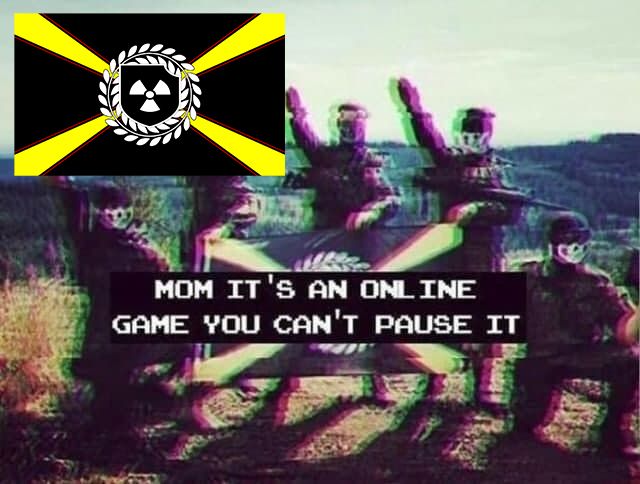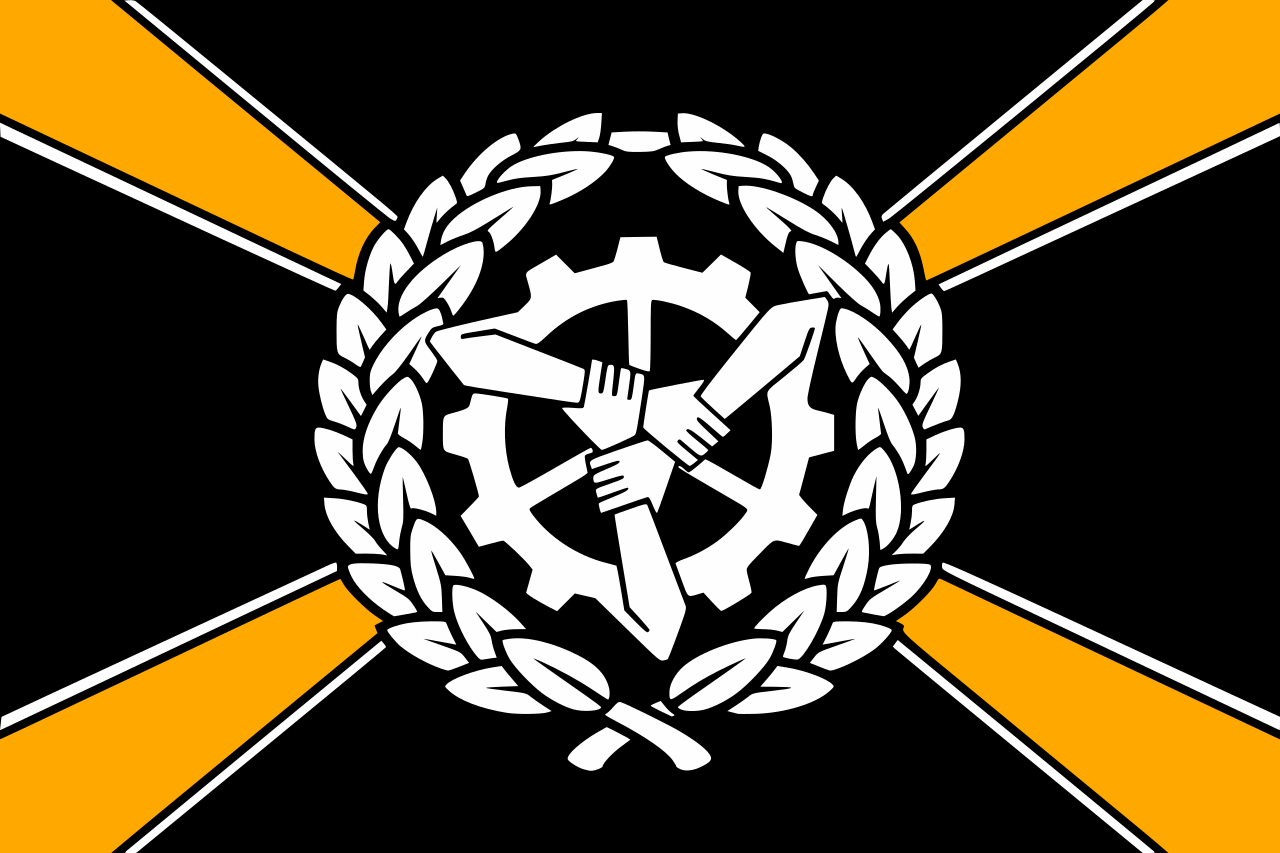Historical Canadian Hate Groups
Atomwaffen Division
The Atomwaffen Division (AWD) was a neo-Nazi terrorist group formed in the United States by members of the Iron March forum in 2013. Eventually, the group was found to have Canadian members and ran at least one training camp in Québec.
AWD, like other Iron March network groups, promoted the domestic terror methods detailed in Siege as a means of achieving national socialism, an approach that included advocating for widespread violence, including the endorsement of murder and sometimes rape. Before disbanding in 2020, AWD members were responsible for several murders, including the parents of one member’s partner, two of their own members, and Jewish student Blaze Bernstein. The AWD remains highly regarded in accelerationist neo-Nazi movements for the notoriety of the murders members committed and for the group’s propaganda.
Despite attempts by those influenced by the Atomwaffen to resurrect it, the Atomwaffen division is not known to operate today under its original name. However, original AWD members have started similar groups under different names and continued to operate overlapping organizations since the AWD’s official disbandment.

Blood and Honour
Blood and Honour is an international network of Nazi skinhead groups originally formed by British neo-Nazi Ian Stuart Donaldson in 1987. The group was credited with reviving Rock Against Communism in the late 1980s and continued to be closely associated with the distribution of and organization of concerts for white power music for decades. In 1998, four members of a Florida chapter of Blood and Honour murdered two unhoused men with tire irons and an axe.
A Canadian chapter, Blood and Honour Canadian Division, was known to be active until the early 2010s. In 2019, Canada listed Blood and Honour and associated group Combat 18 as terrorist entities.

Church of the Creator
The Church of the Creator, or “Creativity,” is a white supremacist religious movement and hate group founded in the United States in 1973, and which had Canadian branches in the 1980s and 1990s. Members believed in a “racial holy war” between white people and other demographics. The Church of the Creator isn’t active in Canada anymore, but U.S. branches of the movement are.

Combat 18
Combat 18 was a neo-Nazi organization formed in the United Kingdom in 1992 that oversaw cells in several countries including Canada. Combat 18 cells were known for engagement in Hooligan culture, organized brawls, street violence, and distributing white power music. Though most Combat 18 cells are defunct, groups that originated as Combat 18 cells in countries including Poland and Ukraine may still be active.
Combat 18 was designated as a terrorist entity in Canada in 2019 along with associated group Blood and Honour.

Heritage Front
The Heritage Front was a Canadian neo-Nazi organization founded in 1989 by former members of the Nationalist Party of Canada and disbanded around 2005. The organization ran a telephone message line that spread hate speech, and brought infamous far-right figures into Canada to speak. It had close ties to a number of neo-Nazi and white supremacist groups in Canada and the United States. Though disbanded, some prominent Heritage Front affiliates are still active in Canada’s far-right.

Identitarian Movement/Identitarian Movement Groups
The Identitarian Movement is a racist ethnonationalist ideology which aims to promote the "survival" of white, European-descending populations in Western countries from the perceived threat posed by immigration, and in particular by Muslim immigrants. Originating from France, the Identitarian movement has since spawned groups and networks in dozens of countries across the world.

Iron March Network
“Iron March Network” or “Iron March Legacy” are informal names used to describe the network of neo-Nazi groups that emerged directly or indirectly from correspondence on Iron March forums, a now-defunct website ran by Russian Nazi Alisher Mukhitdinov.Iron March groups like the United States’ Atomwaffen Division, U.S. and Canadian group The Base, United Kingdom’s Sonnenkrieg Division, and the Baltic Feuerkrieg Division, typically share similar aesthetics, ideologies, and strategies. Some of the most well known organizations are characterized by a particular style of ‘terrorwave’ propaganda, their strategic use of extreme violence, and use and promotion of terrorism tactics outlined in James Mason’s Siege. Groups are typically made up of young men and boys, with one leader reported to be thirteen years old. Iron March groups are responsible for several murders, including at least five murders in the United States.New neo-Nazi organizations influenced by original Iron March groups continue to emerge today.

Ku Klux Klan
The Ku Klux Klan is a name given to several far-right and white supremacist secret societies that emerged after the American Civil War. Far more popular in the United States, the KKK had moments of popularity in Saskatchewan and Ontario in the 1920s, when primarily Catholic and Jewish immigrants were perceived as threatening to Canadian culture. There have been several concurrent Klan organizations operating in Canada throughout the 20th century. There was an attempted revival of the KKK in the 1970s, and today it has a fringe following, occasionally appearing alongside other white nationalist organizations. Some Canadian Klans also used their own logo alongside the Blood Drop Cross, often based on a maple leaf. Though the Klan is not reportedly active in Canada today, people unaffiliated with any KKK organization occasionally use Klan imagery to intimidate.

National Social Christian Party
The National Social Christian Party was a fascist political organization formed by Adrien Arcand in Québec in 1934. After its founding it quickly merged with the Winnipeg-based Canadian Nationalist Party. The party’s ideology was a mix of Italian fascist corporatism, Nazi antisemitism, and Catholic clerical nationalism. The party ceased to exist in 1938 when it merged into the National Unity Party.

National Unity Party
The National Unity Party formed in Kingston, Ontario in 1938 out of a merger between several Francophone and Anglophone fascist parties. It was led by Adrien Arcand, and its logo substituted the Swastika of Arcand’s earlier party for a flame. Members of the NUP were interned under the War Measures Act by the Canadian government in 1939 with the outbreak of the Second World War. Although uncommon, National Unity Party publications have been referenced and shared in modern online neo-Nazi spaces.

- 1
- 2
- >
These lists are continually updated, and should not be considered comprehensive. Suggestions for future inclusions can be sent to neuberger [at] ujafed.org.